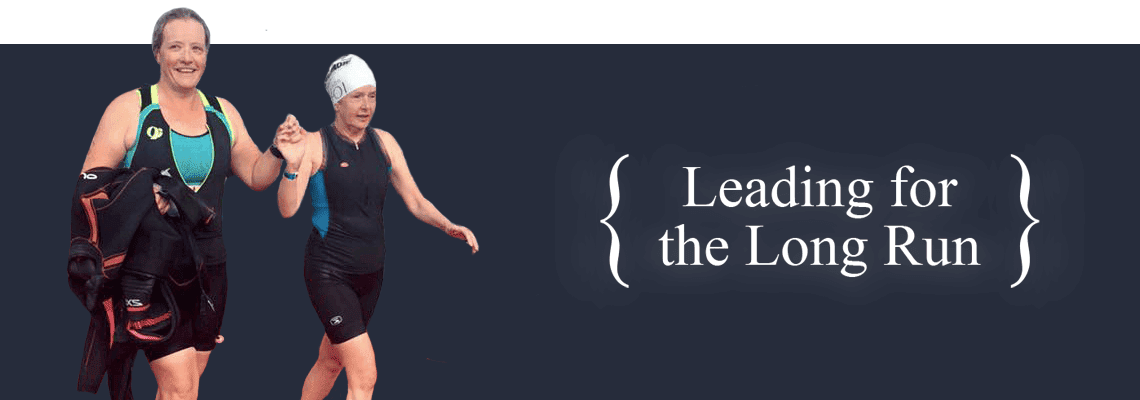Often people decide to set goals that they never get to reach because they haven’t determined what success looks like. Setting a goal like “getting healthy” is difficult to reach if you don’t include a measurement showing what healthy looks like.
Smart Goals
One of the most popular methods for goal setting is the SMART method. People have used many iterations of the SMART goal setting method, but for now we will keep it simple and say that goals need to be Specific, Measurable, Attainable, Realistic, and Time bound. Setting SMART goals helps keep you on track and helps you to know exactly when you reach success.
The only issue I have with the SMART method is often we don’t know what is attainable or realistic for us until we try. I never thought that I could complete an Ironman until I tried it. We often set easy goals. How do you know you can’t go further and faster until you try it? Another issue with goal setting is not reaching our goal feels like failure. How depressing it is to work hard towards a goal and not succeed?
Instead, I follow the Bergeron method…
The Bergeron Method
With The Bergeron Method, don’t just set one goal for yourself… set three for each activity. The middle goal should be your SMART goal – something you think is attainable and realistic. Then raise the bar a bit and set your stretch goal to go faster, longer, or further than you really think you can and make that your ultimate goal. Finally, set your third goal as one that allows for you to still feel successful even if things go terribly wrong.
Here is an example of the goals I set for the 2017 Mont Tremblant Ironman:
- Complete the 2017 Mont-Tremblant Ironman in under 16 hours.
- Complete the 2017 Mont-Tremblant Ironman within the 17 hours allocated. (Preferably upright but crawling is not out of the question!)
- Participate in the 2017 Mont-Tremblant Ironman and go further than my last Ironman attempt, without ending up in the hospital.
Setting goals this way provides you with a goal that will push you as hard as possible, and stretches your imagination of what you were capable of doing. It also gives you two goals to reach that still leaves you feeling successful.
Break It Down
Once you have your main goals set, break each down so you have smaller goals to aim for along the way. This helps in two ways; first it allows you to focus on a smaller goal so it doesn’t seem so daunting, and secondly it lets you track your progress in specific areas.
For example:
- I will complete my swim within one hour and 40 minutes.
- I will complete the swim component with a faster time than my last attempt (1:49).
- I will complete the swim component feeling strong.
I learned my lesson in 2015 when I didn’t manage to complete my first Ironman attempt. I went in with a goal of just crossing the finish line within the 17 hours. When I had to step off the course at the 21km mark of the run, I felt defeated. I felt like I had failed and I let so many people down. I put a good face on it and tried to be positive, but inside I was devastated.
Once I had a few days to rest, I reflected on my race and realized that I hadn’t failed at all. I had gone further than I had ever gone in my life before. I pushed through 14 hours and 205km in 40 degree temperatures – and lived to tell the tale. I may not have reached my ultimate goal that day, but demonstrated to myself that I am stronger than I have ever been.
Reaching My Goal
In 2017, I reach my number 2 goal. I completed the Mont Tremblant Ironman in 16:15:57. I crossed the finish line with a smile on my face feeling strong and most important uninjured.
This form of goal setting works for any situation at work, home, or in sports. Give it a try and then send me an e-mail and let me know how it worked for you.
Di
